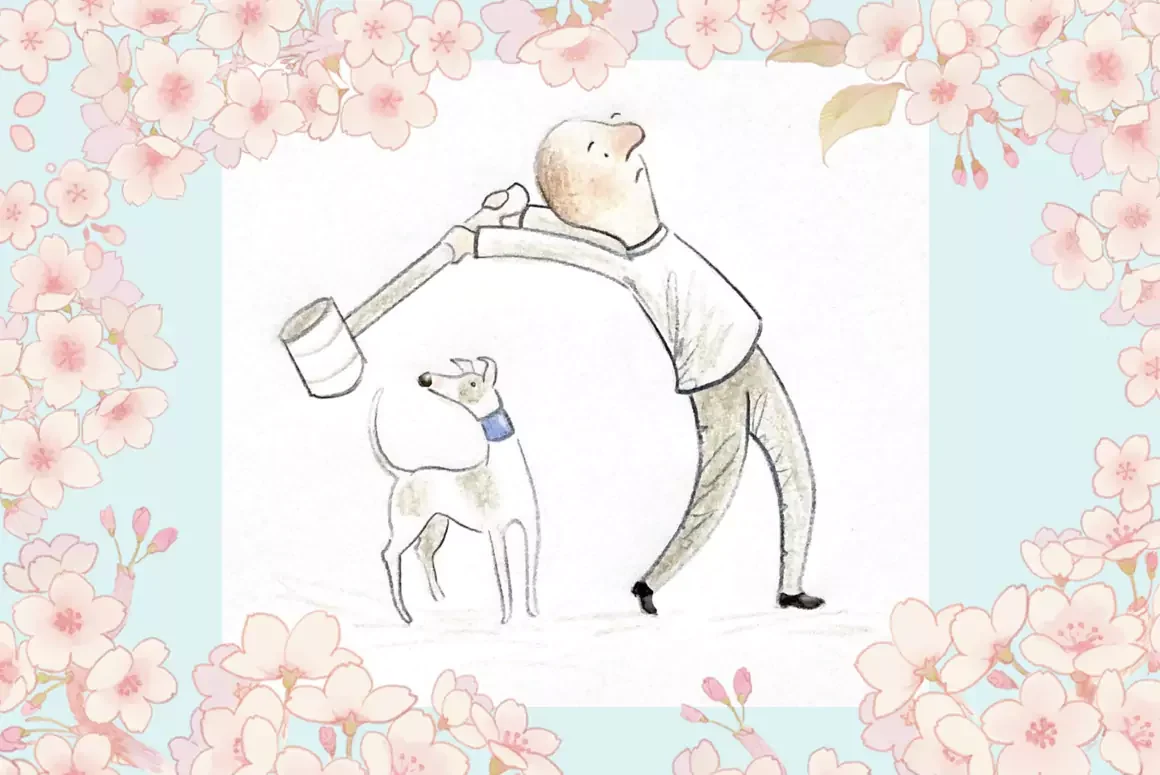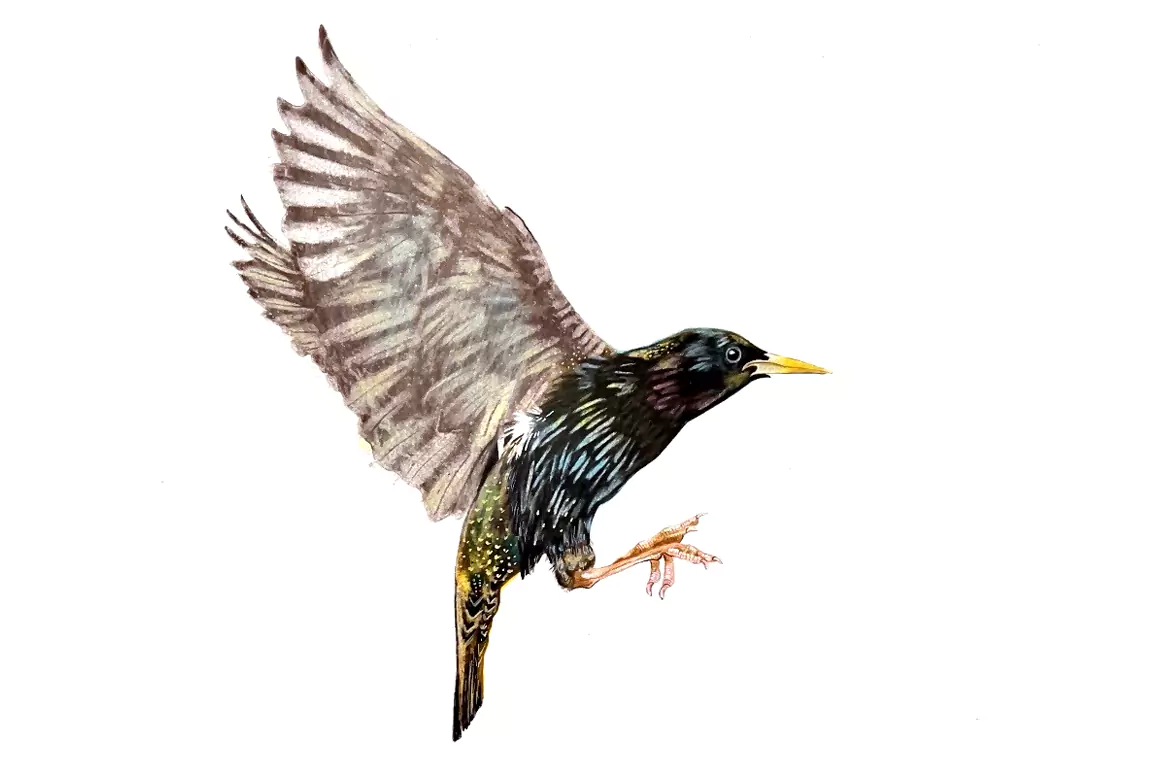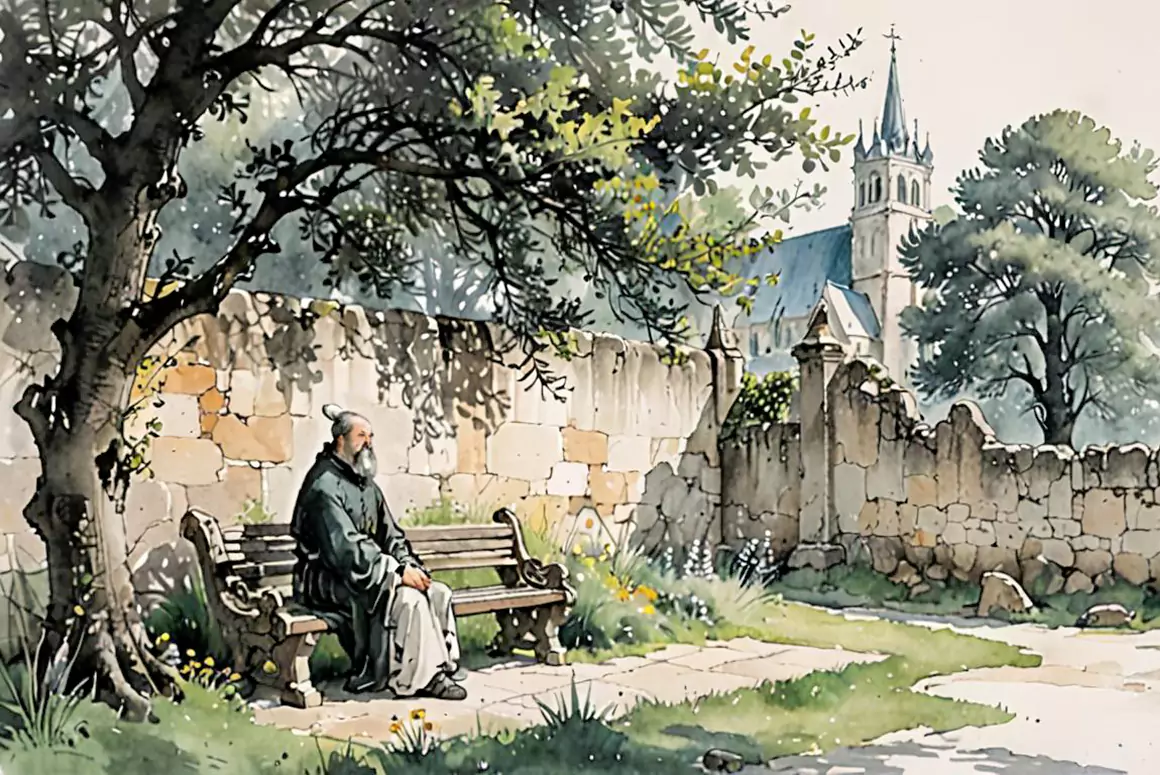“Look out!” Elle and I just managed to move to one side as the shed panel tumbled to the ground with a thudding CRASH! What started as a calm, civilised father-daughter deconstruction operation soon gave way to the standard over-exuberance of out-and-out demolition as we laid into the old shed with abandon and a large lump hammer. Even as I whacked the panels apart, buckling nails, tearing roofing felt and splitting batons, I couldn’t avoid a semi-nostalgic pang at its unfolding destruction. The poet Paul Henry once referred to the shed as “the soul of a man”, and with every hammer blow landed it certainly felt that way. It had served me well for so many years, and now I mentally scrolled through its various functions as it disappeared from existence: home of my fishing tackle, tools and the garden equipment; witness to many rainy afternoons making fishing rigs whilst listening to the football; the storehouse of bulb, bark and compost which became the genesis of so many spring beginnings. Even having undergone a couple of revamps and receiving a new roof, the structure had finally succumbed to age, beginning to sag beyond repair as the damp seeping deep into its bones, so it was time for the shed and our garden to part ways.
In what seemed like no time, all the panels were down and cleared off to the local tip, leaving the footings and a large, uninhabited space where once a large chunk of our useable garden space had been occupied.
“Wow!” Rachel and I both drew breath, wide-eyed at the difference this absence made to the entire space. What had once been a shady, gloomy corner was now suddenly flooded with light and, although it might seem slightly hyperbolic to say so, it reminded me of the falling of some great and ancient tree in a patch of old woodland, opening a hole in the leaf canopy for light to come flooding in. Hyperbole aside, as the falling of an old end established tree sparks the woodland below into life, encouraging new growth, so too the removal of that old shed breathed a new impetus into the garden, along with our plans for it.
“Right, let’s have a think about this”, Rachel said, leading me to a seat nearby. She was clearly having one of her ideas. Although they often lead to more work and a complete change of tack, in fairness, they do most often result in an outcome far superior to the original plan. I knew then, without a shadow of a doubt, that this was going to be one of those moments.
We sat and stared at the old breeze block and cement footings together to discuss our original plan to build a summer house where the shed once stood. “Having seen this space opened up, it would be such a shame to close it in again with another building, wouldn’t it?” Gazing at the space while she said this I had to admit that, once again, Rachel was absolutely right. “Picture this…” Although the space was tatty, the low patch of wall behind where the shed had stood decrepit, as Rachel explained her sudden grand vision I could actually see it for myself, picturing an extended border, a tree, low planting, climbing ivy and, most important, an abundance of light.
“Right.” I looked her square in the eye. “I’ll get cracking after work tomorrow.”
And so the heavy work began. To keep costs down, and as it was only a small job, I did the work myself with that lump hammer I’ve already mentioned and a bolster chisel. From that moment, every day, when my lessons were ended, emails answered and marking mopped up, I strode home with thoughts of bricklaying, planting and painting at the forefront of my mind. For four solid evenings the lane behind our house rang with the sound of struck metal and the grunt of exertion as, piece-by-piece, first the blocks were lifted then the underlying concrete slab was prised up before they were carted away to the tip like the shed before them. With each block and every piece of concrete lifted, the garden seemed to breathe anew until, at the end of the fourth evening, I stood back sweating and gulping in air, as I called Rachel to come and look at the little patch of ground opened up in the corner of our now not-so-little garden. We stood there looking over it, just looking at it in silence for a moment or two while I thought of the significance of open ground.
Traditionally, it has always carried connotations of danger or difficulty, leaving potentially exposed the person having to cross it, but I thought, too, of the hope and promise, the significance that can literally turn up from a patch of open ground. On Christmas Day in 1914, 100,000 soldiers, both German and British, laid down their arms along the western front and ceased fighting, stepping out onto the open ground of the no-man’s-land between the two warring factions to share camaraderie, cigarettes, a game of football and so much more, offering some small glimmer of hope for humanity amidst the carnage and chaos of war.
Where there is hope, there is also history although, sadly, war plays its part once more. In 2012, following speculation and hypothesising by academics, the “naked villainy” of one of England’s most well-known kings, Richard III, was unearthed along with his skeleton from beneath the car park outside the offices of a Social Services department in Leicester. This example made me ponder awhile on other such losses that may have occurred due to our “sceptre isle’s” propensity to tarmac and renew everything in sight; how much history is covered up beneath man-made materials, in some cases for a shorter period of time, but in others for hundreds of years, if not thousands, beneath castle and cathedral? That, however, was a question for another time. There may not have been a castle, but I had my own patch of newly-opened ground to deal with, and a way still left to go.
My trowels trilled to the tune of building up a low wall where that tumbledown pile of bricks had stood, as well as a new brick border. I patched up gaps and mounted a trellis, shifted soil and bark, planted shrubs and plugs and, finally, added some whispering height with a pear tree. Capability Brown, that great landscape gardener, is famously quoted as having compared his garden creations to the composition of sentences, stating: “Now, there I make a comma; and there, where a more decided turn is proper, I make a colon: at another part (where an interruption is desirable to break the view), a parenthesis – now a full stop; and then I begin another subject”. Although our little garden plot may not have the scale of some great looping conversation, the open ground allowed at least a little gentle dialogue to enter the scene in so many ways. It felt as though we were not just planting plants into the earth, but that so much more was going into the soil – time, effort, love, words and even the future – and I thought constantly of Seamus Heaney’s words with each forkful: “Vowels ploughed into other: opened ground…the turned-up acres breathe.”
Acres we didn’t have, but mirrors on the rear wall reflected light and foliage back into the garden to create the illusion of even more space, multi-level planting of various flowers and shrubs kept the eye roving around the green tiers, scattered fistfuls of seeds added extra interjections that poked through from time to time to add colour and nuance to the ongoing exchange and ivy, planted in the corner at the junction of two walls, would add continuity as time went by. Finally, I hammered a stout nail into an exposed patch of wall to hang our new addition – the head of a green man, his foliate head and leafy moustaches nestled in the thick of it all, presiding over the new growth to come.
The underlying grammar of plants in place, it was time to add the finesse. Instead of that summer house we had originally intended to plant a lifetime ago, we opted instead for a temporary gazebo, waterproofed and weighted appropriately, along with a fire pit and small wood storage trug, all of which would enable our own languid summer conversations to stretch out into the cooler months of autumn and even winter, the earlier endeavours of the spring glowing by firelight.
All of this already seems so long ago and yet has passed in the blink of an eye. Season trips on into season; summer has dimmed, autumn has flared and died away to ashes, winter rages just beyond the windows yet again and here we are looking forward to another spring, in the same garden, so different yet so much the same, like sitting in the company of a child who has made the transition into adulthood overnight. Hopefully, all the commas, parentheses and even exclamations we have created and planted here will continue the development of our slow narrative as the years pass and we grow old together in the comfortable and familiar dialogue of this small but beautiful patch of paradise of which, I think, even Capability Brown might have been proud.





